In March, the garden comes alive with vibrant colors and rapid growth. Mulching the flower borders with compost helps improve soil structure, retain moisture, and prevent weeds. Seed-sowing can also begin, but non-plastic trays require extra attention to prevent drying out. Dahlia tubers can be potted up in March, with larger ones divided to create more plants. These potted tubers should be kept well-watered but not waterlogged until they can be planted out in May or June.
March Snapshot: What You Need to Know This Month
- Prepare Your Soil
- Plant Fruit Trees and Shrubs
- Plant summer bulbs
- Prune
- Eliminate Garden Pests
- Groom Your Lawn
- Plant Annual Flowers in March Gardens
- Start Veggies from Seed
- Repot Houseplants
1. Prepare Your Soil
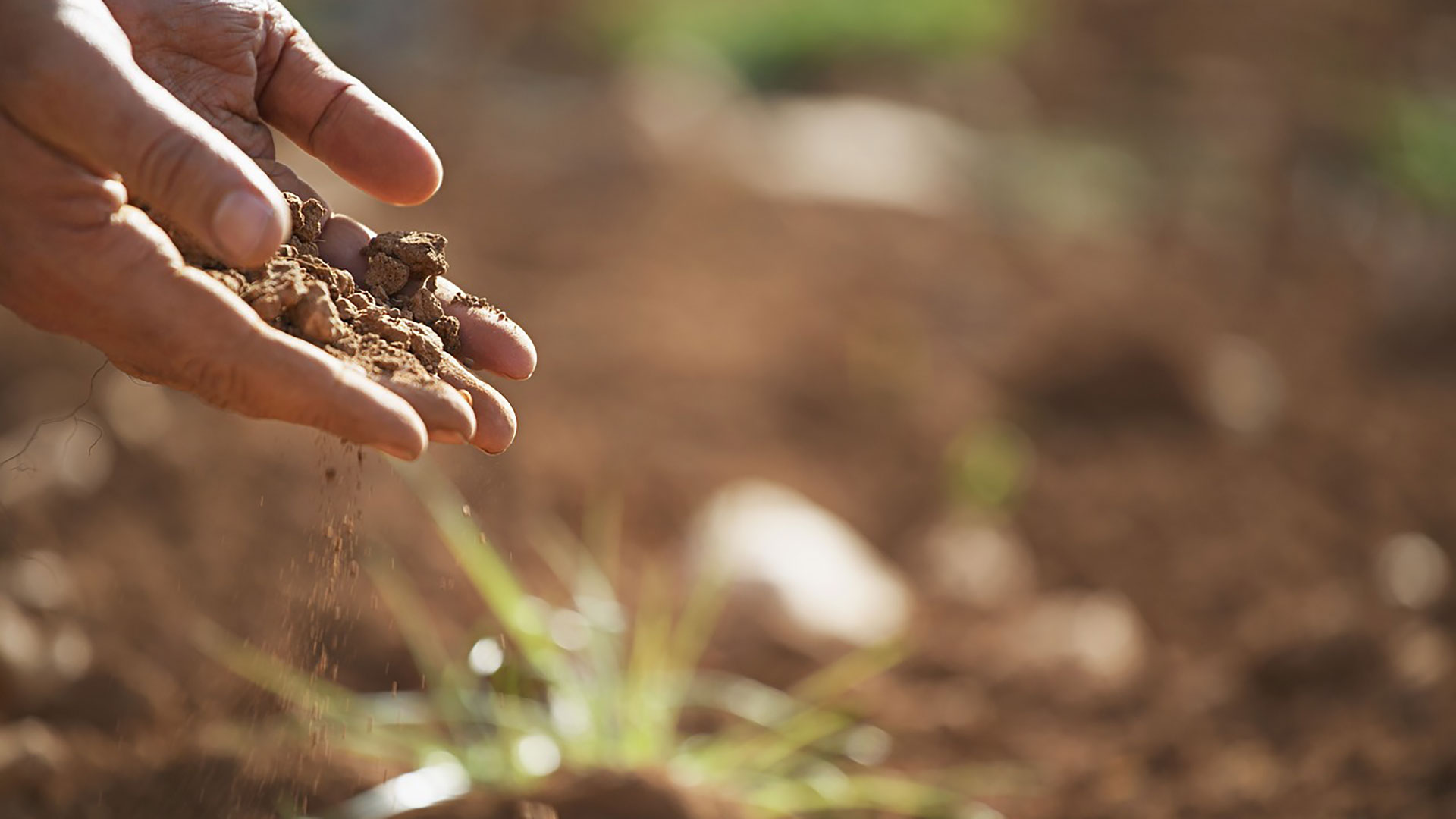
Preparing the soil is an essential step in gardening as it sets the foundation for healthy plant growth. This involves removing weeds, rocks, and debris, loosening the soil, and adding organic matter such as compost or manure. The process helps to improve soil structure, nutrient availability, and water retention. Proper soil preparation before planting can lead to stronger, more vigorous plants, increased yield, and a more beautiful garden. It is recommended to start preparing the soil at least a few weeks before planting to allow time for the soil to settle and for the nutrients to integrate into the soil.
2. Plant Fruit Trees and Shrubs

Adding trees and shrubs to your landscape is best done in early spring when the weather is cool and moist. When planting fruit trees and shrubs, it's important to choose a sunny spot with well-draining soil. Dig a hole that is twice as wide and deep as the root ball, and add compost to the soil. Place the tree or shrub in the hole, making sure it's level with the ground, and backfill it with soil. Water thoroughly and add a layer of mulch around the base. Keep the plant well-watered during the first growing season and consider adding support for the tree or shrub if needed.
3. Plant summer bulbs
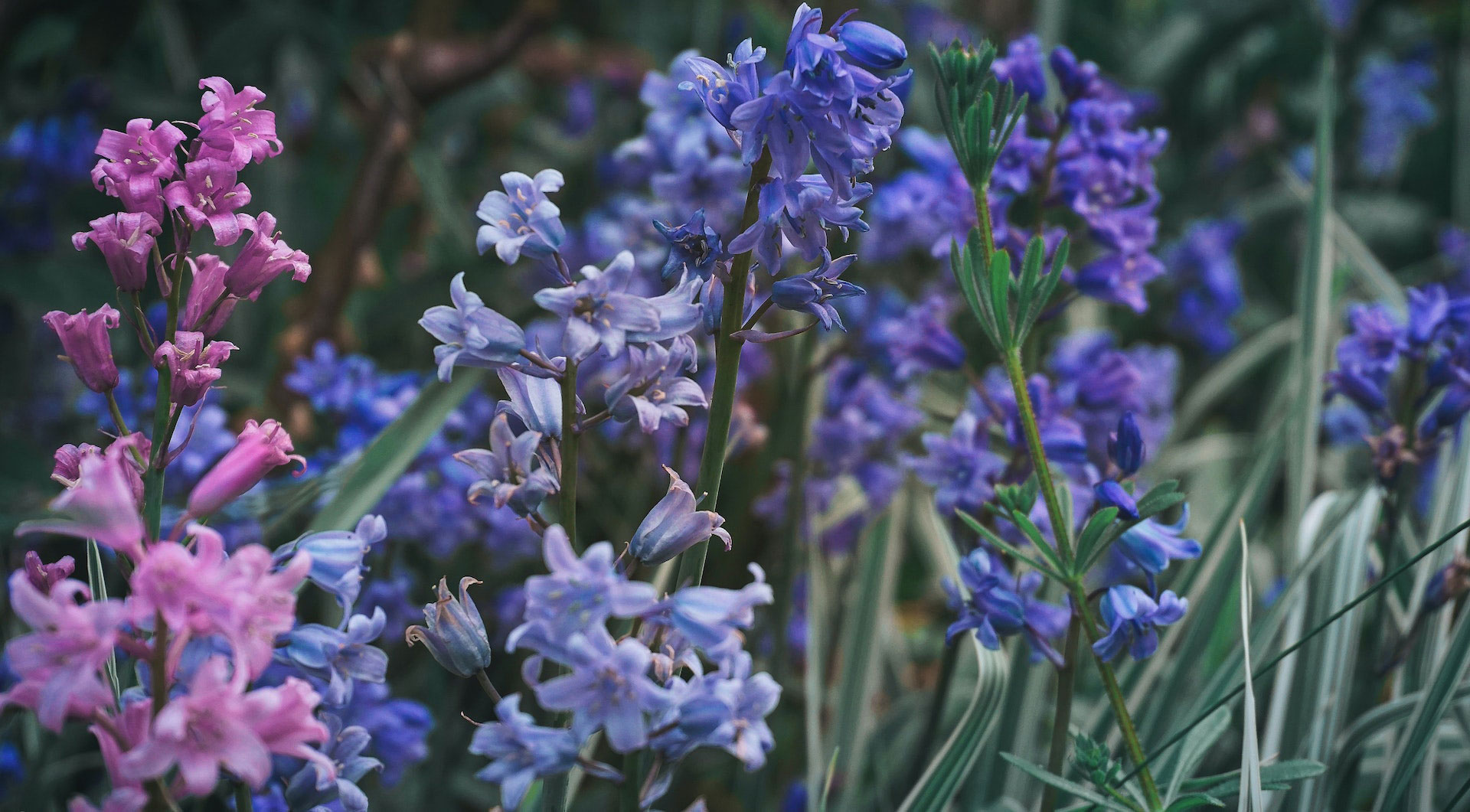
Planting summer bulbs in March is a great way to bring vibrant colors and interest to your garden during the summer months. Some popular summer bulbs to plant in March include dahlias, gladiolus, lilies, and begonias. Be sure to choose a well-draining location and prepare the soil with compost or other organic matter before planting. Plant bulbs at the appropriate depth and spacing, and water thoroughly after planting. With proper care, your summer bulbs will bloom beautifully throughout the season.
4. Prune
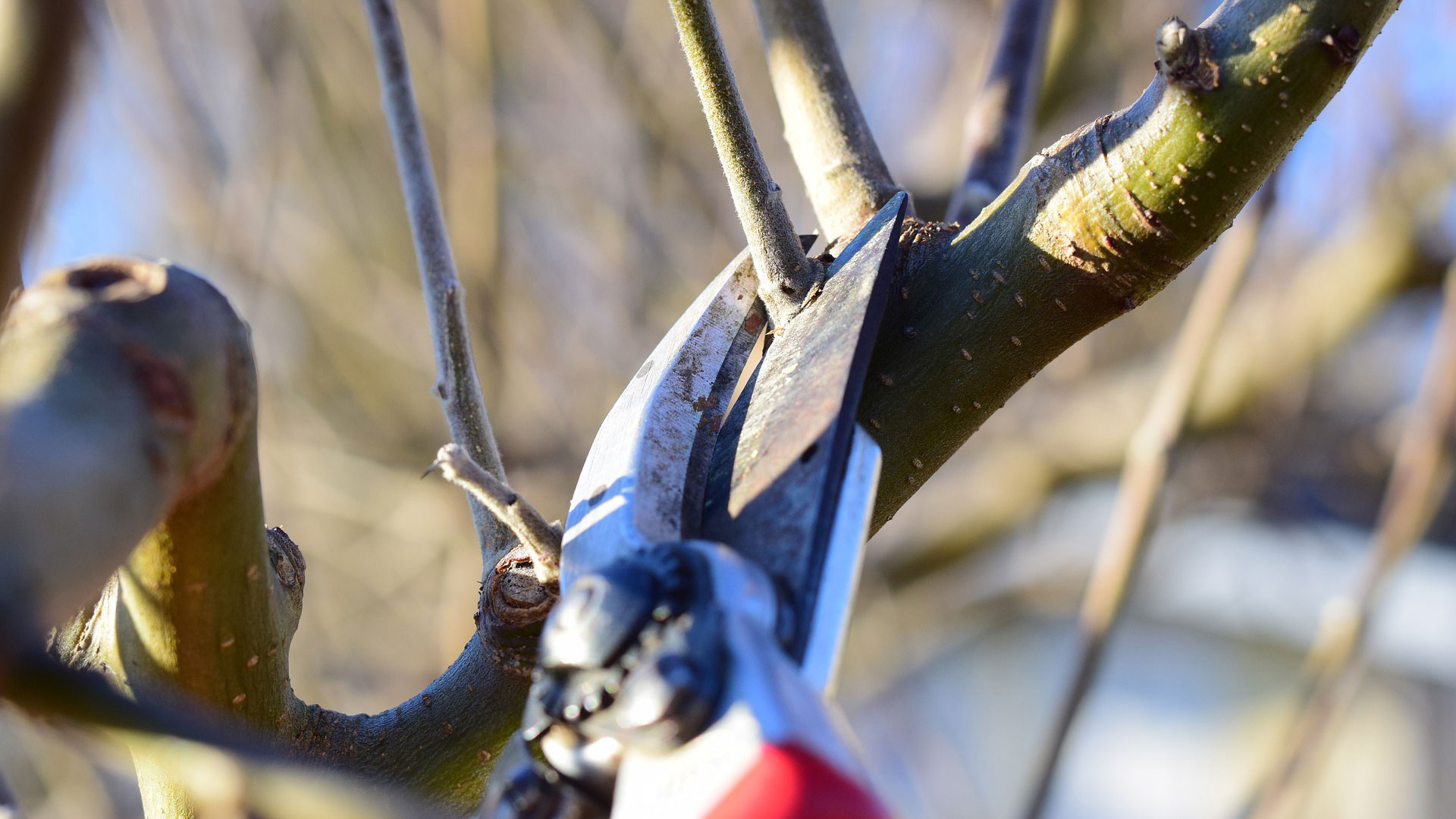
Pruning in March is an essential task for many trees and shrubs before they start actively growing again. It's important to prune properly to encourage healthy growth and improve the plant's overall shape. However, it's important to research specific pruning techniques for each plant before beginning the process.
5. Eliminate Garden Pests

Eliminating garden pests is essential for maintaining the health and beauty of your plants. There are various methods for pest control, including natural remedies and chemical treatments. Regularly inspect your garden for signs of pest infestations and take action immediately to prevent the problem from worsening. Some effective ways to eliminate garden pests include using insecticidal soaps, neem oil, diatomaceous earth, and companion planting. Be sure to follow the instructions carefully and take necessary safety precautions when using any pest control method.
6. Groom Your Lawn
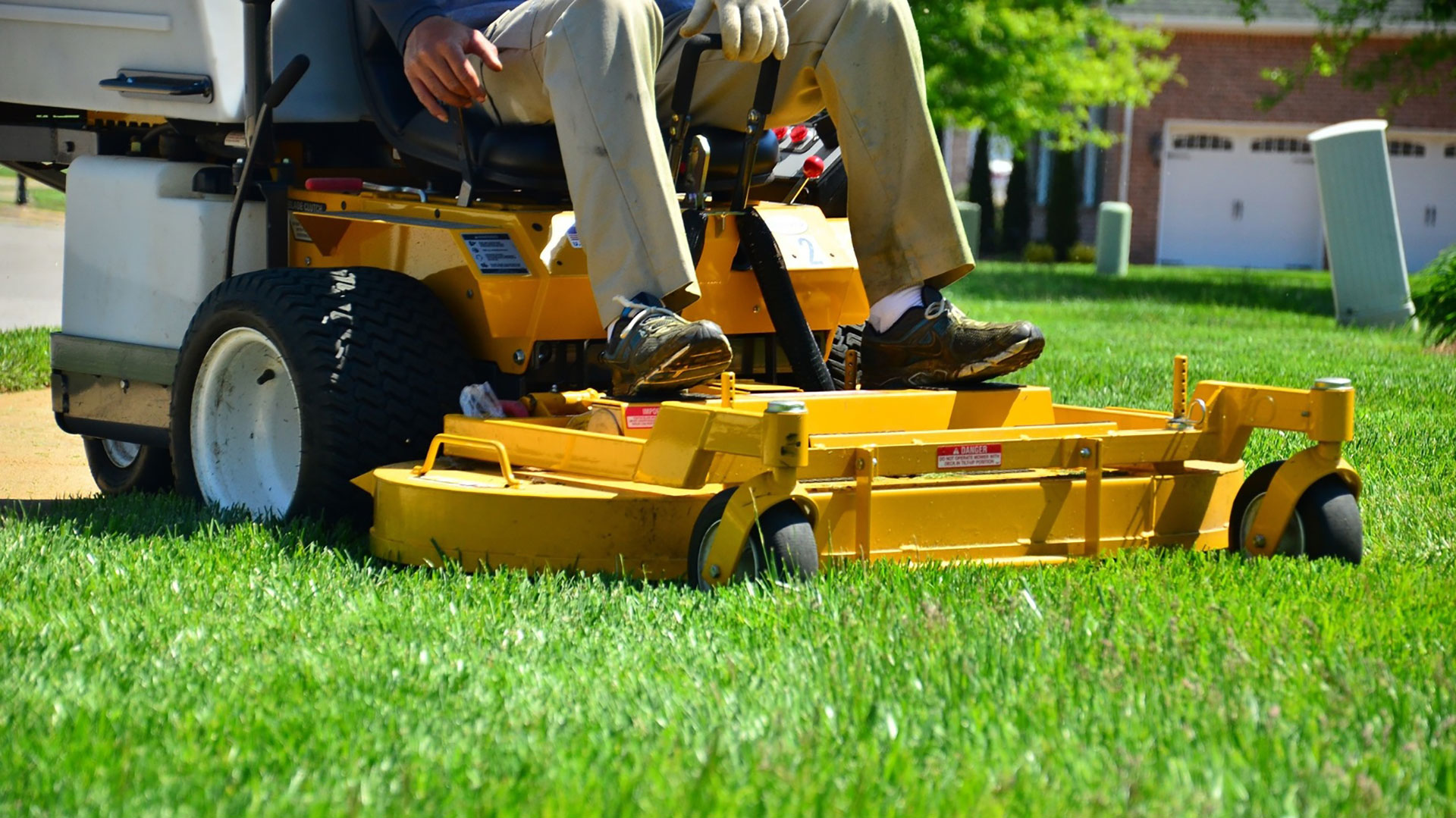
Grooming your lawn in early spring is crucial for maintaining its health and appearance throughout the growing season. Start by raking up any debris and dead grass that accumulated over the winter. This will allow the grass to breathe and receive sunlight. Scalping the lawn will also help remove excess thatch and encourage new growth. Apply a slow-release nitrogen fertilizer to promote healthy growth and use a pre-emergent weed killer to prevent weeds from taking over. Mowing regularly and at the proper height will also help maintain a neat and uniform appearance.
7. Plant Annual Flowers in March Gardens
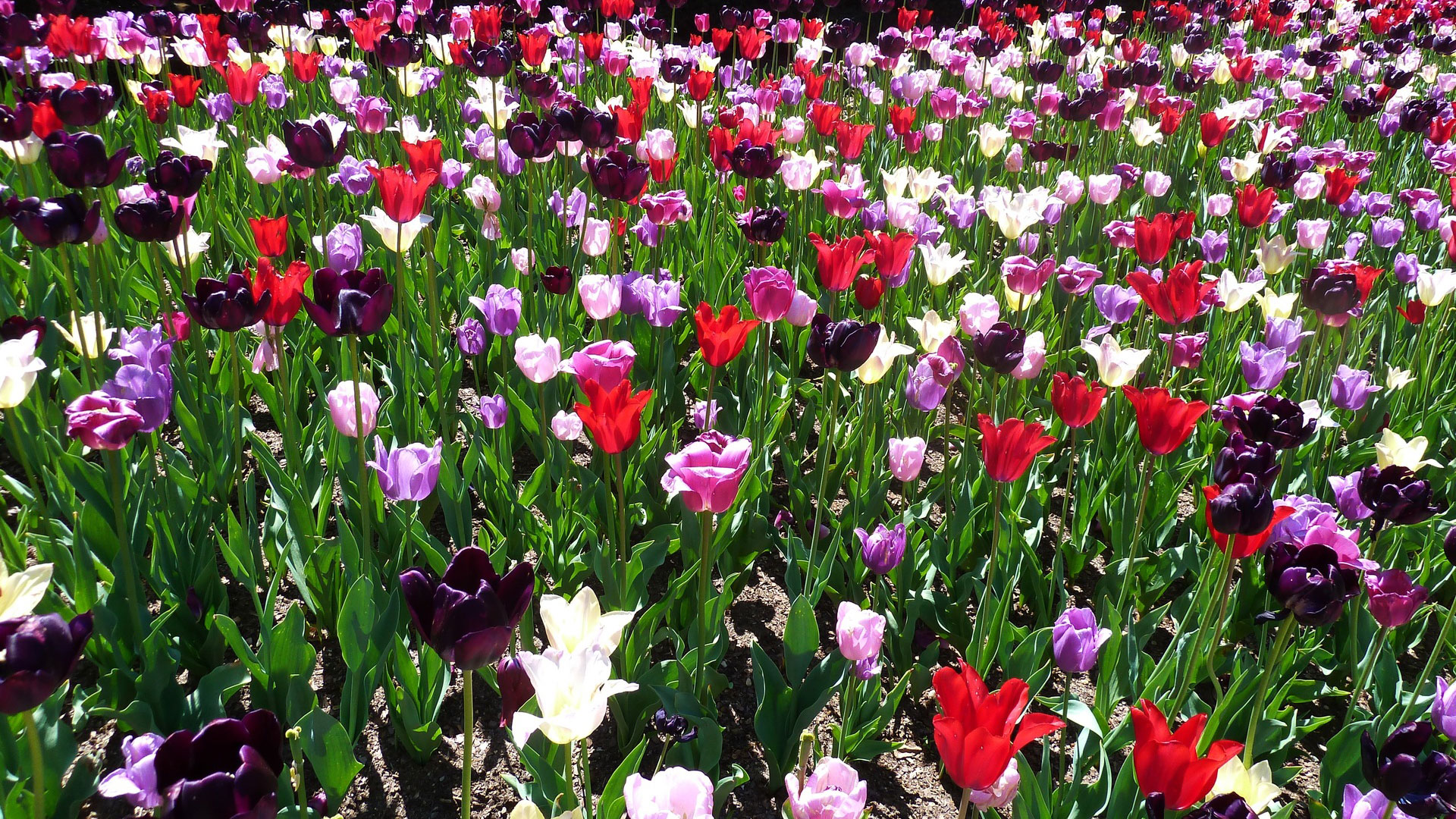
Planting annual flowers in March is an excellent way to add vibrant colors and freshness to your garden. These fast-growing plants can quickly fill up empty spaces, creating a colorful display throughout the summer months. Choose from a wide variety of annuals such as petunias, marigolds, zinnias, and snapdragons. Make sure to prepare the soil well, choose a sunny spot, and water the newly planted flowers regularly to help them establish and thrive. With proper care, your annuals will bloom beautifully and enhance the overall beauty of your garden.
8. Start Veggies from Seed
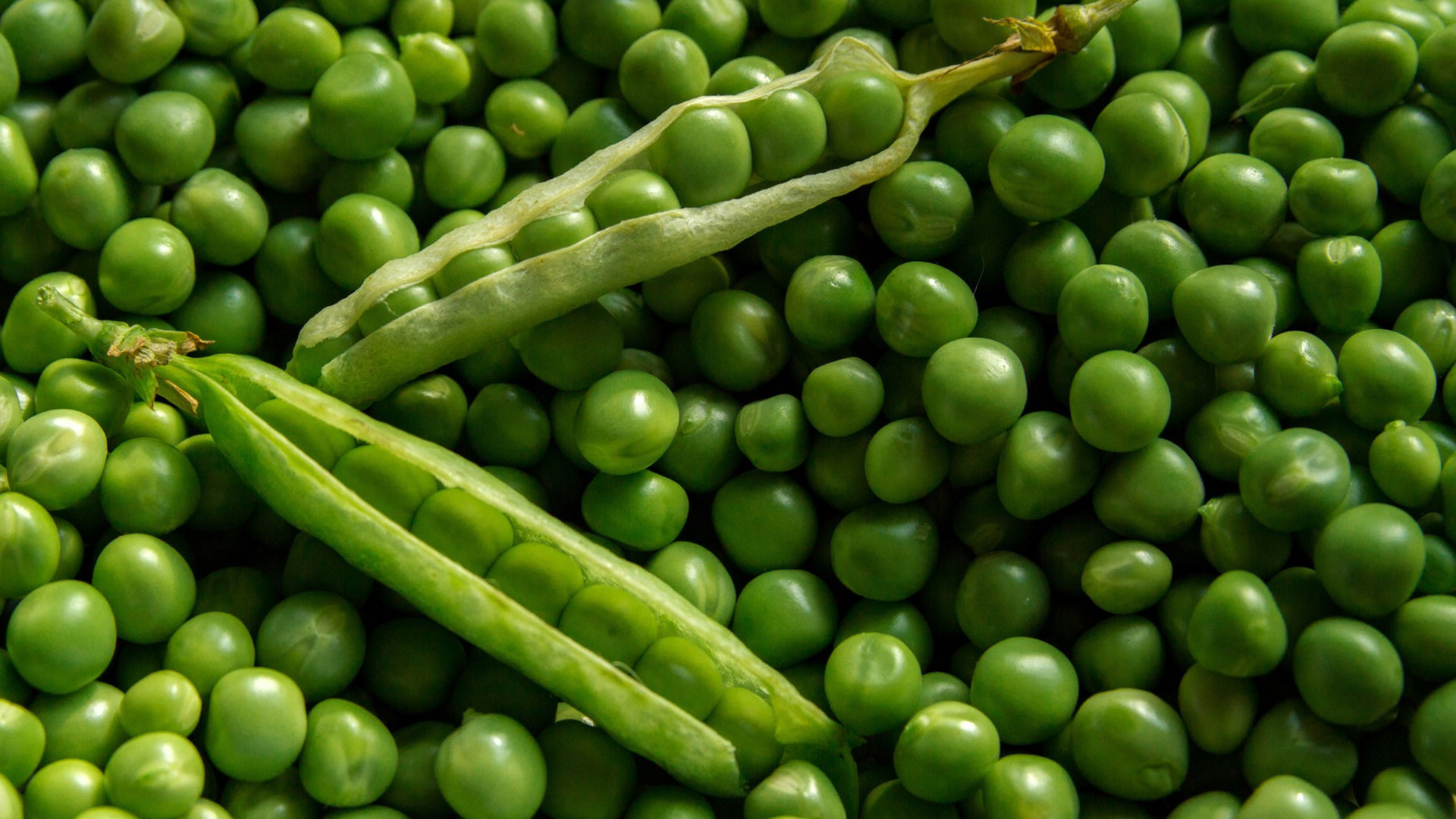
Starting veggies from seeds in March is an excellent way to ensure a bountiful harvest in the summer. Choose the veggies you want to grow, and start the seeds indoors in trays or containers with a quality potting mix. Ensure the seeds have adequate light, water, and nutrients to germinate and grow. When the seedlings are ready, transplant them into your garden beds, ensuring they have adequate spacing and proper soil preparation. With proper care and attention, you can enjoy homegrown veggies all summer long.
9. Repot Houseplants

Repotting is essential for the health of houseplants. It is important to repot them when they outgrow their current container or soil. March is an excellent time to repot houseplants as they start to grow actively. Choose a container that is slightly larger than the current one and use well-draining soil. Carefully remove the plant from its current container, loosen the roots, and remove any dead or rotten roots. Place the plant in the new container, fill the pot with soil, and water thoroughly. Repotting will ensure that your houseplants have enough space for root growth, access to fresh soil, and are in optimal condition for their growth.
Visit our website www.yardener.com, to learn more about gardening and get more tips and advice.
Thank you to all Yardeners out there! We wish you a happy Yardening!

